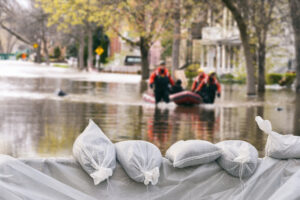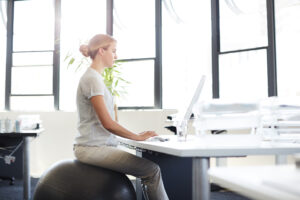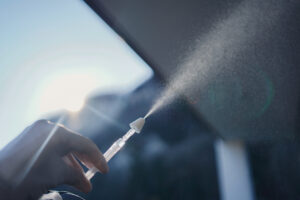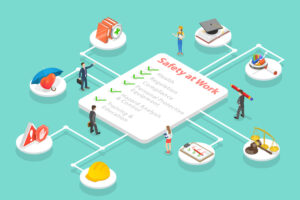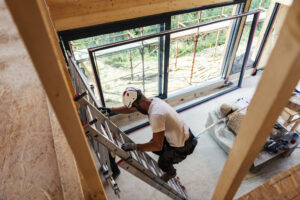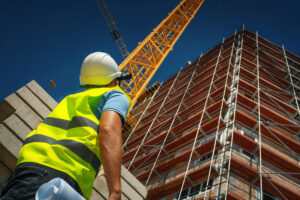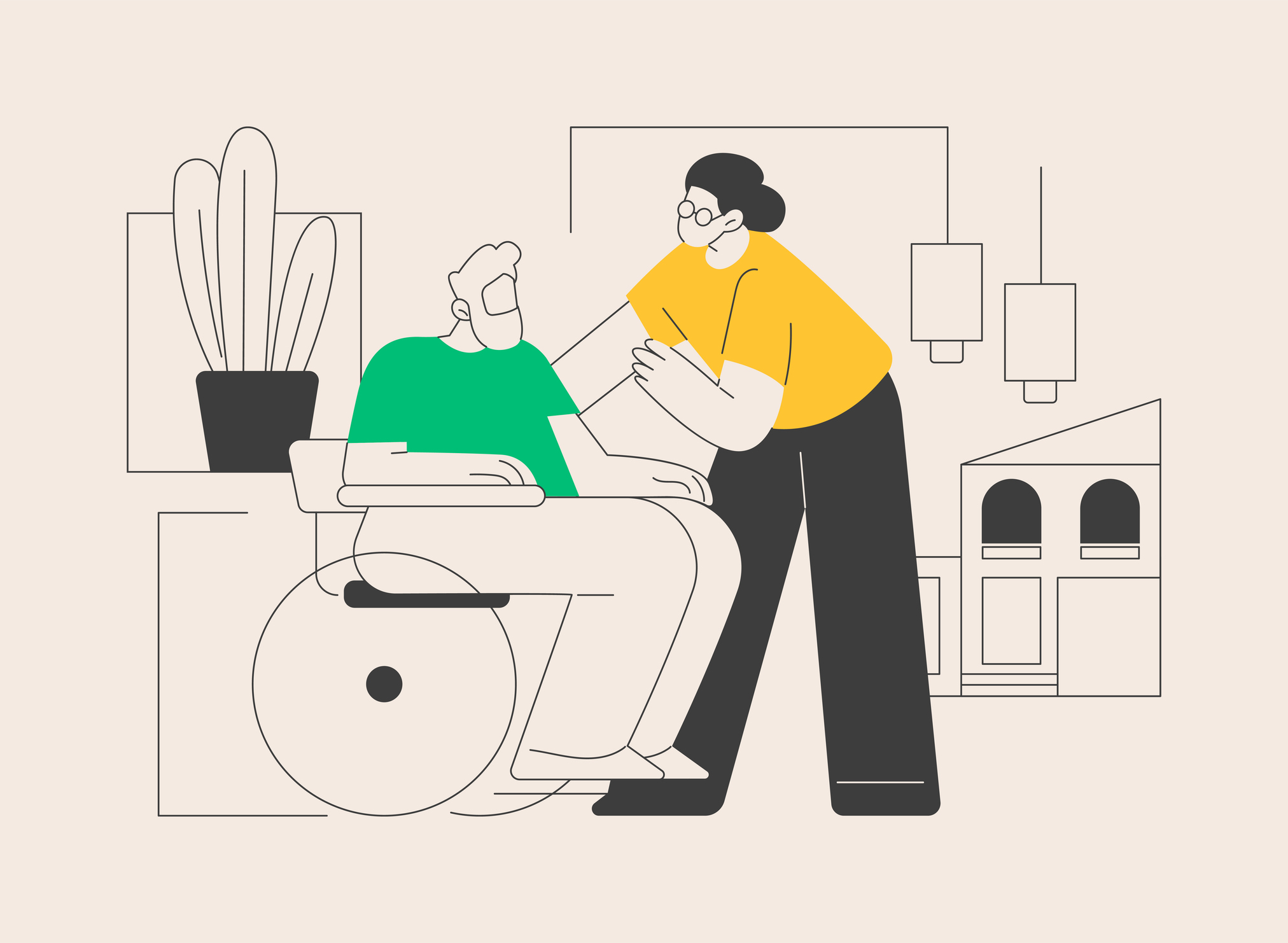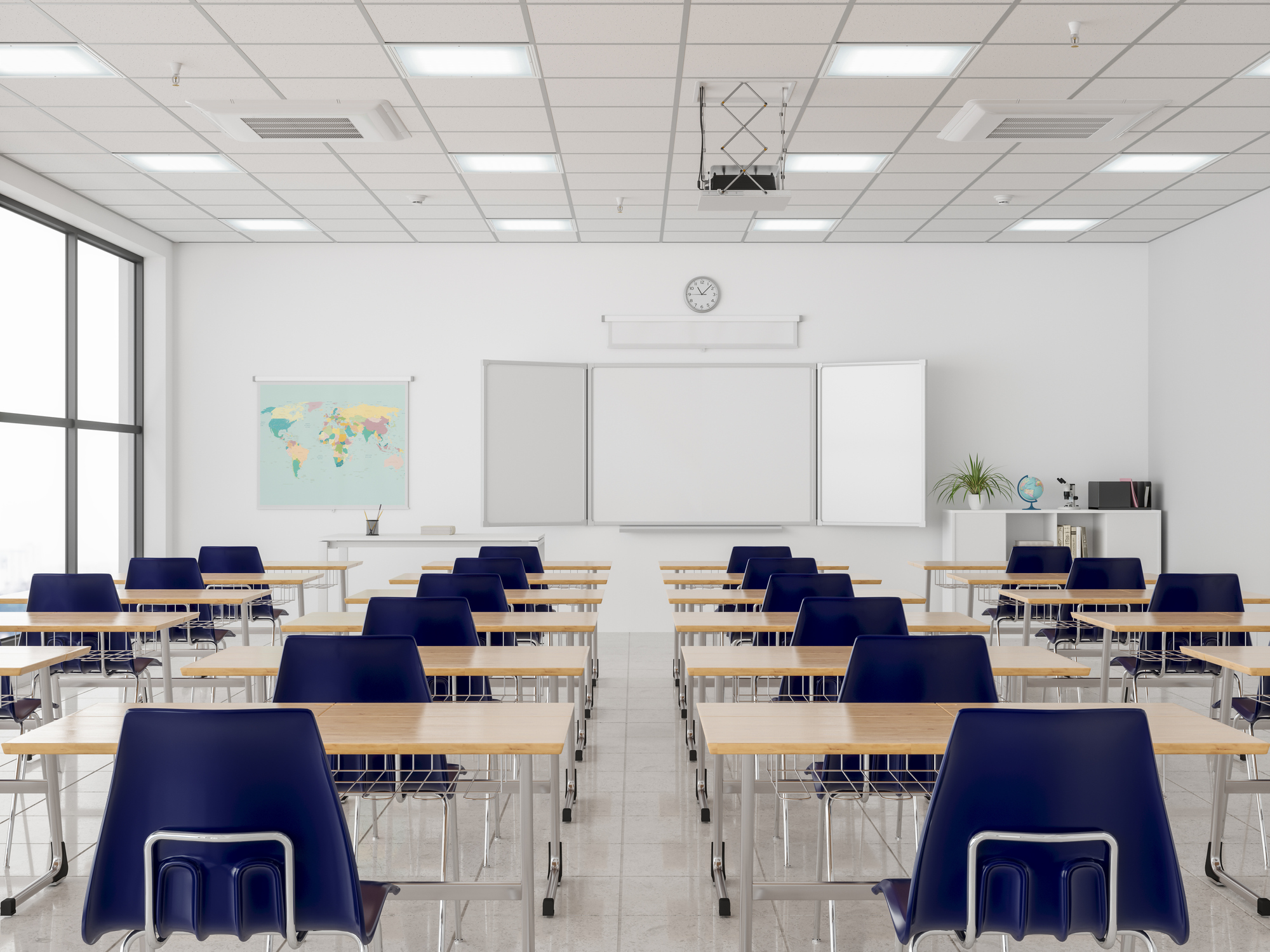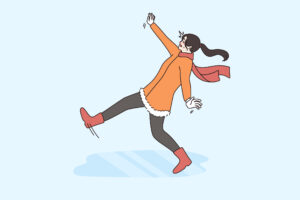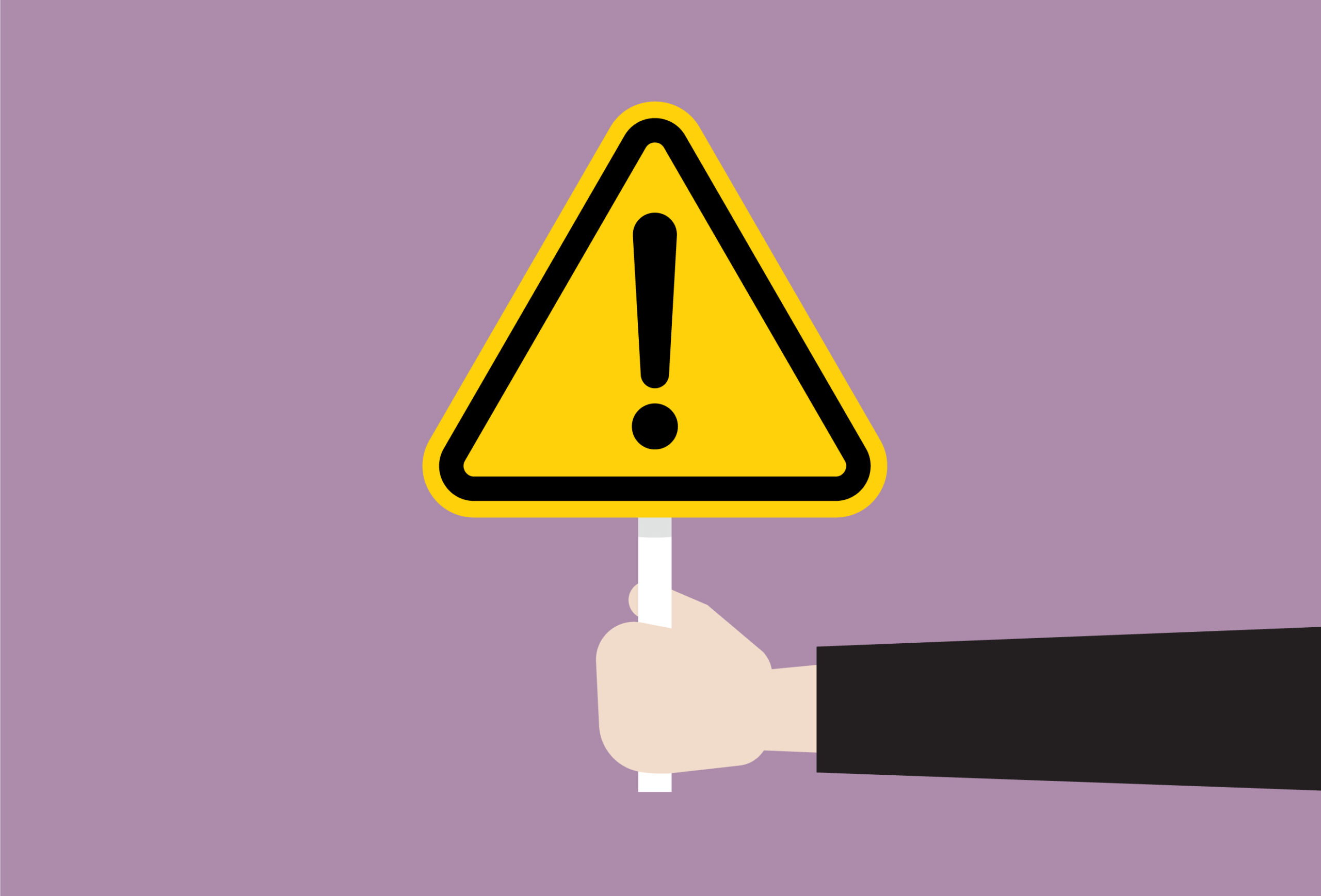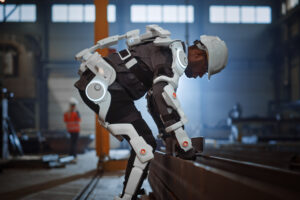Address This Major Risk to Help Prevent Costly Premises Liability Claims
Slips, trips, and falls (STF) can vary in severity from minor injuries to life-threatening situations, resulting in costly consequences for organizations. These often overlooked risk factors should not be ignored.
January 29, 2024
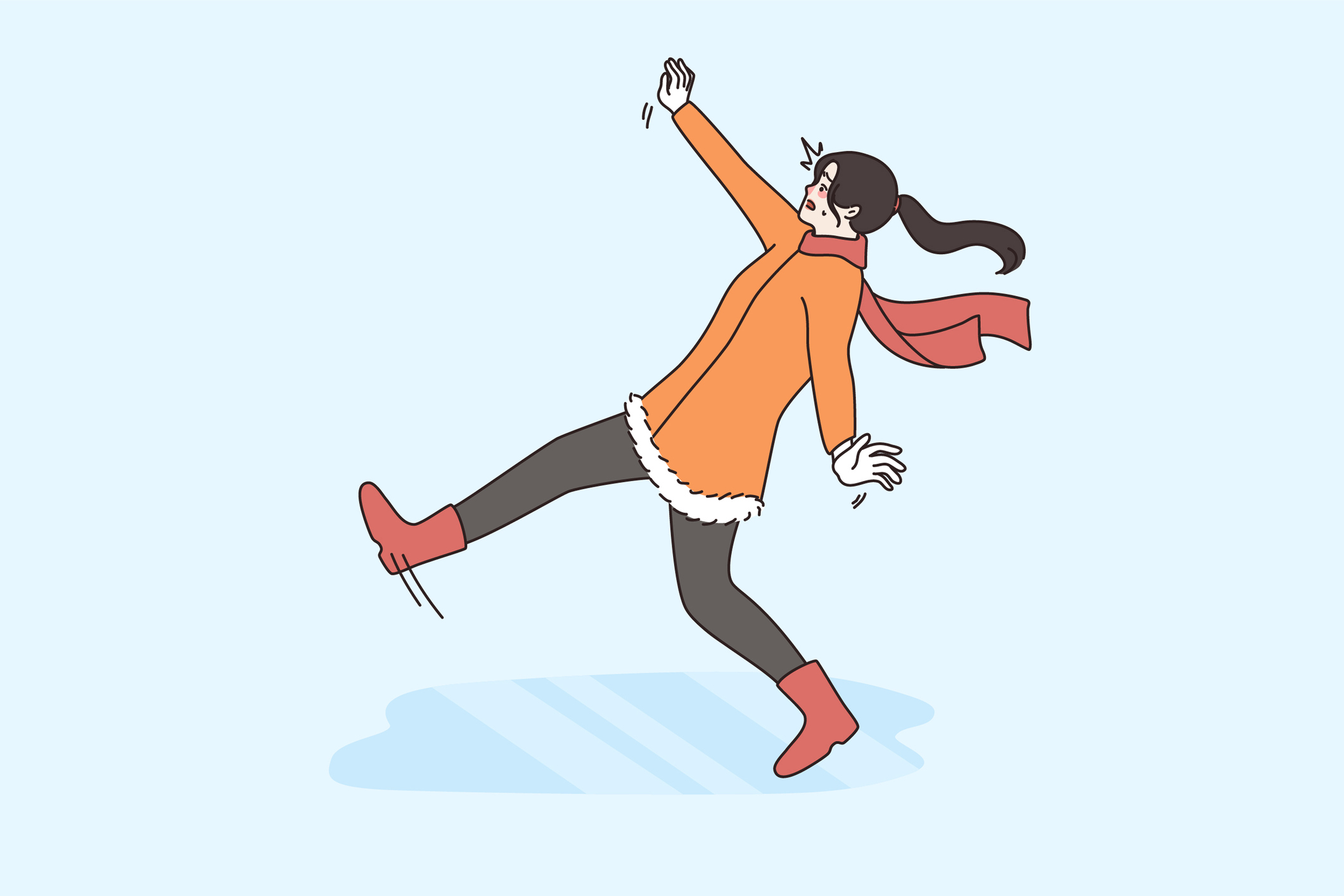
According to the Consumer Product Safety Commission (CPSC), floors and flooring materials contribute directly to more than two million fall injuries annually, posing a major risk. However, most of those incidents are preventable with proper maintenance, floor treatments, and design planning.
“Have the foresight to plan for the safest design of your space by involving a safety and risk management professional early in the process,” said Ariel Jenkins, Assistant Vice President of Risk Services at Safety National. “When incidents occur, we can benefit from hindsight and learn lessons to prevent recurrence. Simple changes like painting curbs in bright, contrasting colors to make tripping hazards more visible, or adding eye-level decals to glass doors to prevent pedestrians from collisions, can prevent costly claims.”
Prioritizing maintenance and controlling identified hazards within a reasonable timeline can help reduce associated liability costs.
1. Walking Surface Slipperiness
The Coefficient of Friction (COF) measures the slipperiness of walking surfaces and can be tested using a slip meter. This can assess if floor treatments are warranted to increase the COF.
2. Spill Cleanup and Housekeeping
Equipping, training, and reinforcing housekeeping practices with employees can reduce premise hazards. It is recommended that someone remains at the site of a spill, monitoring and ensuring that it is cleaned up within minutes. Wet floor signs, ice alert signs, paper towels, dry mops, floor squeegees, and cord covers enable employees to respond to spills and control STF hazards effectively.
3. Sidewalk Surfaces
Brick and concrete are generally reliable, require less maintenance, and offer fire-resistant properties, but they are not immune to the effects of aging and climate. Lifting, sinking, or cracking can occur from tree roots or soil conditions, and the slightest damage can cause major tripping hazards. Temporary fillers and patches can help until a more permanent solution, like lifting, leveling, or replacing, is scheduled.
4. Parking Lots
Areas with broken concrete that need repair or repaving should be marked with cones and caution tape to alert customers or guests. In some cases, cordoning off hazardous areas and displaying warning signs, can prevent accidents. Organizations should also be prepared for the significant concerns that coincide with winter weather, especially when thawing and refreezing occur. The proper ice melt can make all the difference. Calcium chloride, magnesium chloride, or calcium magnesium acetate are among the most effective treatments.
5. Floor Mats
Mats at entrances should have adequate walk-off lengths that abrade and absorb to collect water, mud, and other elements from guests’ shoes, preventing further tracking. On rainy or snowy days, more than one mat may be required, and organizations should be prepared to exchange mats if they are saturated.
6. Stairwells
Heavy shadows can create visibility and depth perception issues on stairways. Most building codes reference or require the light source to illuminate treads and landings to levels of no less than one foot-candle (11 lux or lumens) as measured at the center of treads and landings.
7. Escalators and Rails
Protections around escalators, like guards, should be utilized to close gaps in rails and rail wall panels. Additionally, avoid placing furniture near escalators or upper-level guardrails, where someone, particularly children, could climb to access the top of the guardrails and potentially experience a fatal fall.
8. Downspout, Water Runoff, and Drains
Downspouts can create significant slip hazards, particularly when temperatures drop and water runoff turns into ice. Ideally, downspouts should feed directly into a drain to prevent potential runoff. Often overlooked floor drains, which can become easily clogged, especially outdoors, require additional maintenance to prevent backup and pooling. When considering any drain design, placement should always be at the lowest point of the floor on any ground surface.

